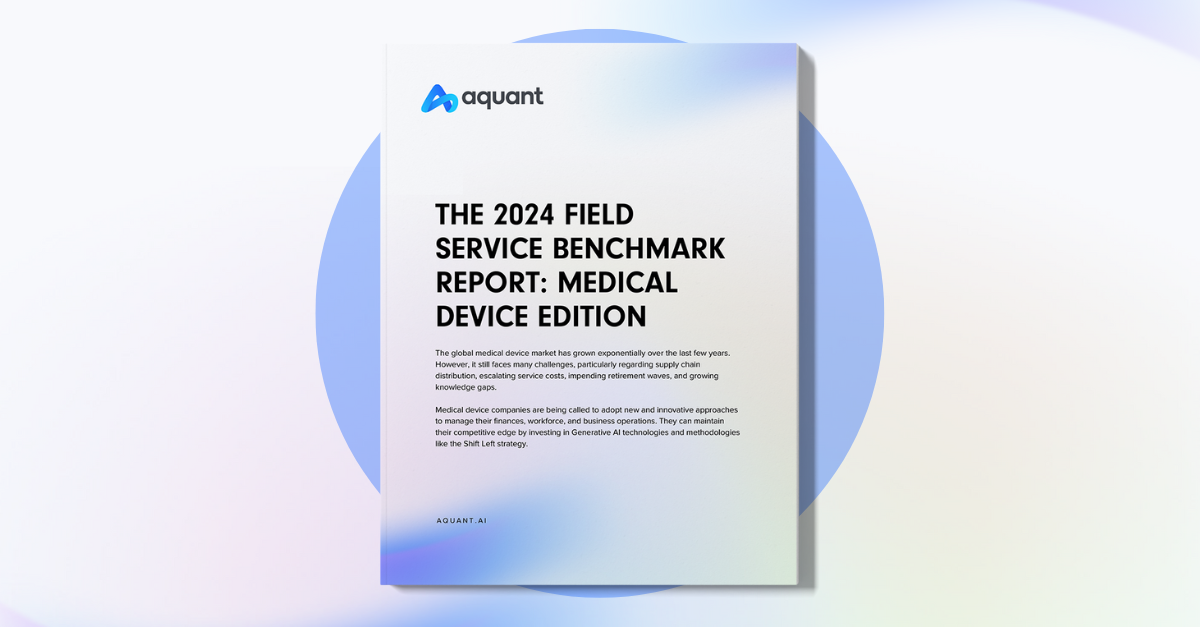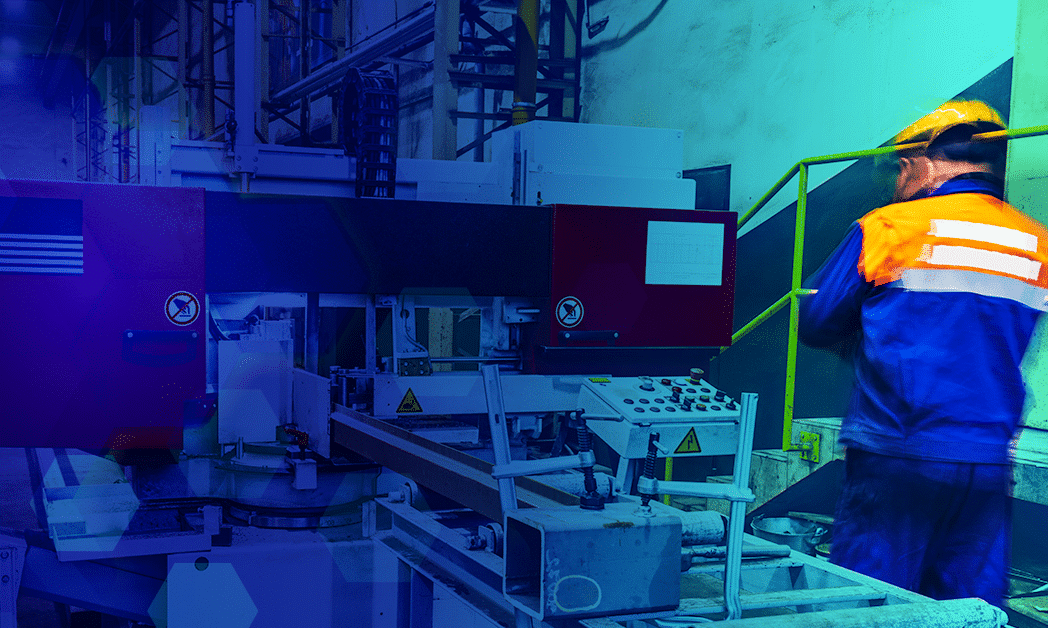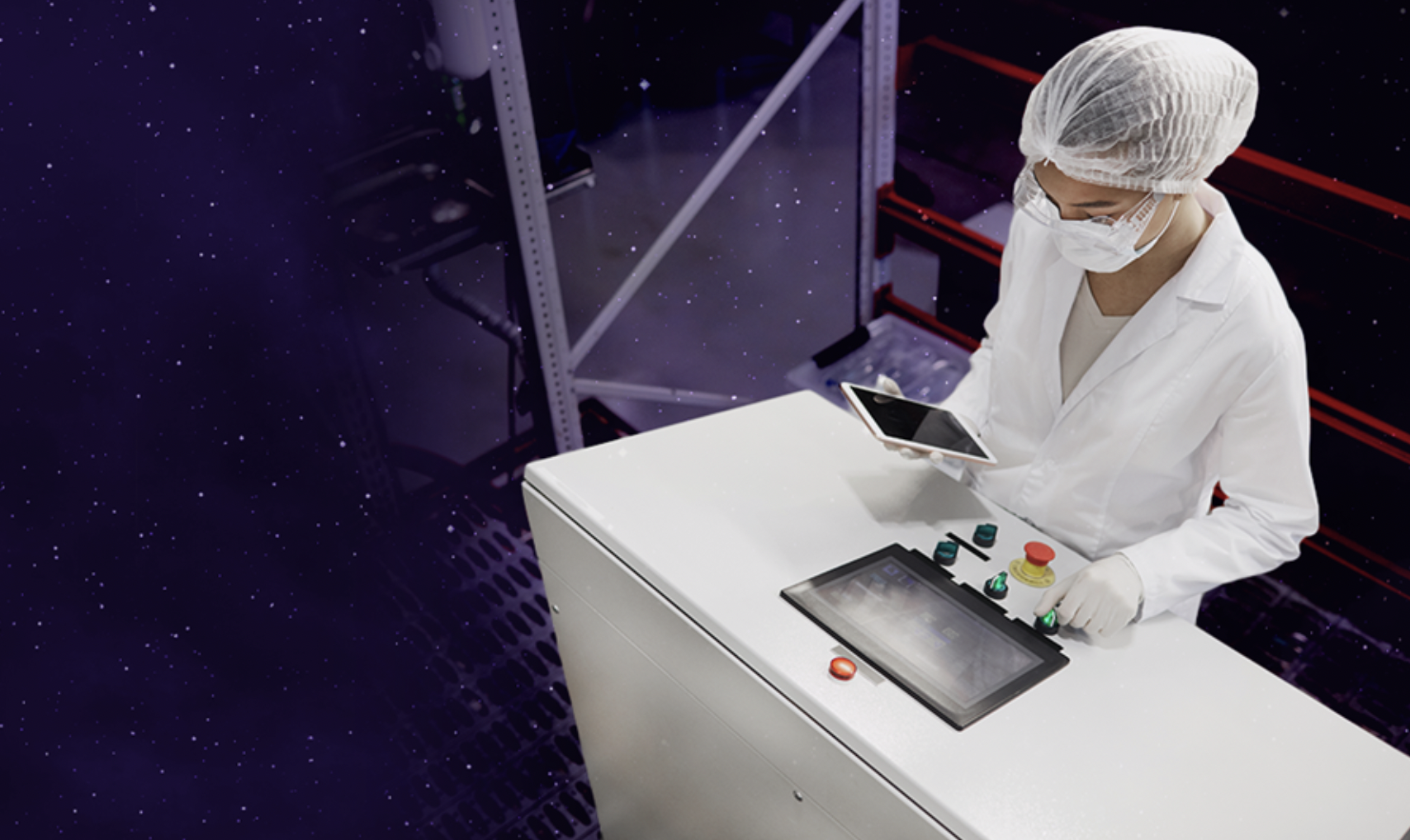When it comes to capital equipment, artificial intelligence (AI) plays an increasingly important role in optimizing machine performance, ensuring uptime, and providing remote service whenever possible. That’s because today SLAs are more complicated, and service companies are moving towards outcome-based or servitization models and away from reactive break-fix work. Ultimately, both manufacturers and service organizations want to deliver better customer experiences while limiting downtime and financial losses.
For capital equipment manufacturers, now is the right time to embrace these modern service offerings, but there are challenges to adoption, including
- The increasing complexity of capital equipment machinery
- Shifting service workforce due to high industry turnover, a skills gap, and a retirement wave
- Move towards more remote or self-service offerings
Here are three ways AI will help service leaders and teams overcome the challenges and thrive in the new landscape for servicing capital equipment.
Bridge the Skills Gap Across the Service Workforce
As Baby Boomers transition into retirement, they’re taking much of their technical know-how and service best practices along with them. Unless their mission-critical knowledge is documented and shared across capital equipment service teams, especially with junior technicians, service quality (and time to repair) will inevitably suffer.
User-friendly digital tools powered by AI can capture and distribute institutional knowledge from your expert service workers, putting their hard-earned tribal knowledge into an intuitive interface that will empower the new and digitally-native workforce. Choosing AI tools that are intuitive for all users will close the skills gap, ensuring your team can satisfy growing customer service expectations.
Identify Root Causes Faster, Increasing Equipment Uptime
Equipment uptime is crucial for everyone’s success: capital equipment manufacturers, service teams, and (perhaps most of all) customers who rely on the equipment for everything from construction projects to semiconductor manufacturing. Among the most critical factors in improving capital equipment uptime is identifying the root cause of problems as quickly as possible.
The previous model, which used outdated equipment manuals and static decision trees to help determine root cause analysis, isn’t working. Today’s data-driven solutions rely on historical service data, everything from CMS and parts databases to technician notes, is the most efficient route to success — and can get smarter and more accurate over time.
That because AI that works in tandem with natural languaging processing (to actually put meaning to notes and other records), converts that info into actionable insights, empowering your service team to work smarter and more collaboratively to pinpoint the root cause of issues. In addition, when a technician has access to information before arriving on-site, they can come better prepared with the right parts and tools, to help increase first time fix rates.
Support a Shift from a Break/Fix Service Model to a Predictive One
Waiting for something to break and then fixing it results in unplanned equipment downtime and deeply dissatisfied customers whose business gets disrupted. In addition, reactive work makes it harder to plan staffing resources, especially when the best service pros are already overscheduled.
Shifting from a reactive break/fix service approach to a proactive/predictive one offers customers and service teams vastly better cost control, increased equipment uptime, and superior customer experience.
With technological advances such as AI and faster, cloud-enabled networks, capital equipment can be proactively maintained 24/7 and serviced remotely or virtually when necessary. That’s an attractive option for your customers and service employees, especially during a time of social distancing and remote working. And industry research has indicated that now that end users are becoming more comfortable with remote fixes (for more simple issues) that shift will remain long-term.
The Takeaways for Service Leaders are clear. AI helps empower your service team to access and share hard-to-document institutional know-how, helps solve complex capital equipment problems without requiring a team of data scientists, enables you to get predictive, proactive and virtual/remote in your service provision.
Learn More, see how RATIONAL uses Aquant’s AI to troubleshoot issues more quickly, leading to an increase in first time fix rates and a decrease in parts usage.
Recent Posts
-

AI and Shift Left Will Propel Success in Medical Device Service, Says New Aquant Report
Read More »March 05, 2024 Janice Camacho -

The Power of AI in Service Management: A Journey Towards Boosting Efficiency and Customer Satisfaction
Read More »February 20, 2024 Courtney Stafford







